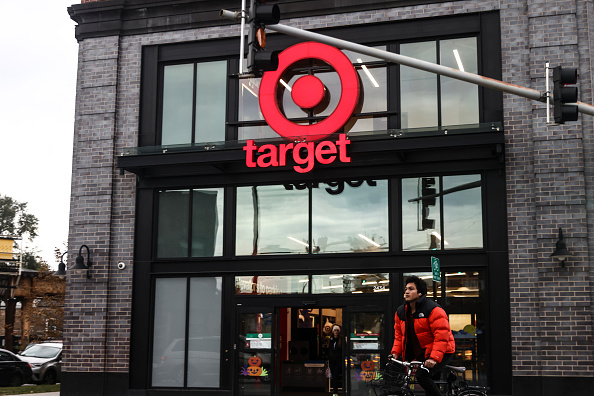Consumers are getting a sinking feeling — and just as retailers start to try to gin up excitement for the upcoming holiday season.
The University of Michigan’s Surveys of Consumers found that consumer sentiment fell 6 percent this month after two months of very little change.
The Index of Consumer Sentiment slipped to 63.8 for October, down from 67.9 in September.
Joanne Hsu, director of the Surveys of Consumers, said: “This decline was driven in large part by higher-income consumers and those with sizable stock holdings, consistent with recent weakness in equity markets. Across all consumers, one-year expected business conditions plunged 16 percent and expectations over consumers’ own personal finances in the year ahead fell 8 percent, reflecting ongoing concerns about inflation and, to a lesser degree, uncertainty over the implications of negative news both domestically and abroad.”
Luxury giants LVMH Moët Hennessy Louis Vuitton and Kering already telegraphed softness in the U.S. luxury market with their latest financial reports.
The weakness underscores how consumer concerns, which started last year among lower-income shoppers, have pushed up the market.
While inflation has come down from its pandemic high it’s been a long stint — since the beginning of 2021 — with elevated prices across the economy.
Despite widespread predictions of a recession this year, the economy has held up, but consumers are clearly getting worn out
On Thursday, the Commerce Department said third-quarter GDP grew by 4.9 percent at a seasonally adjusted annual rate, fueled by a 4 percent increase in personal consumption expenditures. The problem is that the prices on goods and services rose a collective 2.9 percent, making up most of the increase.
And Hsu said consumer expectations of inflation for the year ahead rose to 4.2 percent this month from 3.2 percent in September.
The drop in consumer sentiment comes just ahead of what some are predicting to be a tepid holiday sales season, with an overall decline when inflation is factored in.
So retailers — particularly those catering to the consumers hardest hit by inflation — are pushing hard and earlier this year.
Although the kids are still carving pumpkins and preparing their Halloween costumes, Target on Friday was trumpeting its early Black Friday deals, which start Sunday.
“We know our guests are looking for exceptional value this holiday season, which is why Target’s offering thousands of Black Friday deals across our entire assortment,” said Christina Hennington, executive vice president and chief growth officer.
Incentives include discounts that go up to 50 percent off and a $5 Target gift card with the purchase of four personal care and hair care items.
With consumers growing more cautious and deal extravaganzas clearly working, the push for share of budget conscious consumers is growing.
Amazon’s product sales grew by 6.5 percent to $63.2 billion in the third quarter, with a boost from its own shopping holiday.
Neil Saunders, managing director of GlobalData, noted, “Prime Day proved to be extremely valuable, and the flagship event helped to stimulate some demand from consumers who were eager to snag a bargain and get things they needed at discounted prices.
“The rise of a more frugal shopper has created increasing chatter about the impact low-price platforms like Temu and Shein are having on Amazon,” Saunders said. “From our customer tracking we still see the overlap as slight and the propositions as being very distinct. Amazon has much higher trust levels, a much more balanced range including higher-end brands, and offers incomparably better delivery options and speeds. In short, Amazon has built strong points of competitive difference and continues to invest heavily to ensure it maintains these for customers. The low-price platforms are much more of a squeeze on traditional retailers in the fast-fashion and value spaces than on Amazon.”
That has the consumer landscape — up and down the price scale — looking more than ever like a battlefield.


